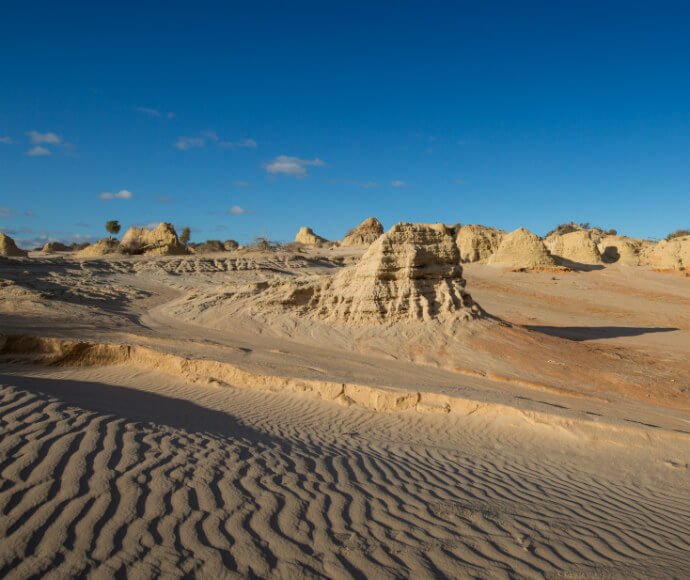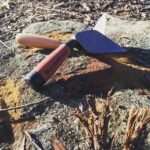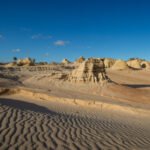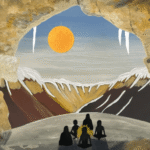The ongoing story of Mungo Man and Mungo Lady speaks to the deep tensions in how we, as a nation, approach heritage, science, and cultural authority.
AAP in March, a Federal Court case brought forward by Mutthi Mutthi elder Jason Kelly sought to prevent the secretive reburial of these 42,000-year-old ancestral remains without memorials. The challenge was dismissed, with the court finding the government had adequately considered cultural obligations when approving the 2022 reburial plan.
At the same time, international attention has turned to Lake Mungo. UNESCO has asked the Australian Government to explain whether these reburials align with the obligations of a World Heritage site .
For the Barkandji/Paakantyi, Mutthi Mutthi and Ngiyampaa Peoples—the Traditional Owners of the Willandra Lakes Region—this is more than a legal or scientific debate. It is about ancestral connection, ceremony, and how the nation honours the world’s oldest known cremation and the continent’s oldest human remains.
These decisions ripple far beyond archaeology. They test how Australia balances First Nations law and cultural authority with scientific knowledge and global heritage responsibilities.
#mungoman #indigenoushistory #mungolady #Archaeology #HumanOrigins #AboriginalCulture #Archaeology #Australia #CulturalHeritage #OutOfAfrica #GlobalHistory #RewritingHistory #CulturalConnections #AustralianHistory
Photo Credit: The Walls of China, Mungo National Park, Willandra Lakes Region World Heritage Area. Vision House Photography/DPE





